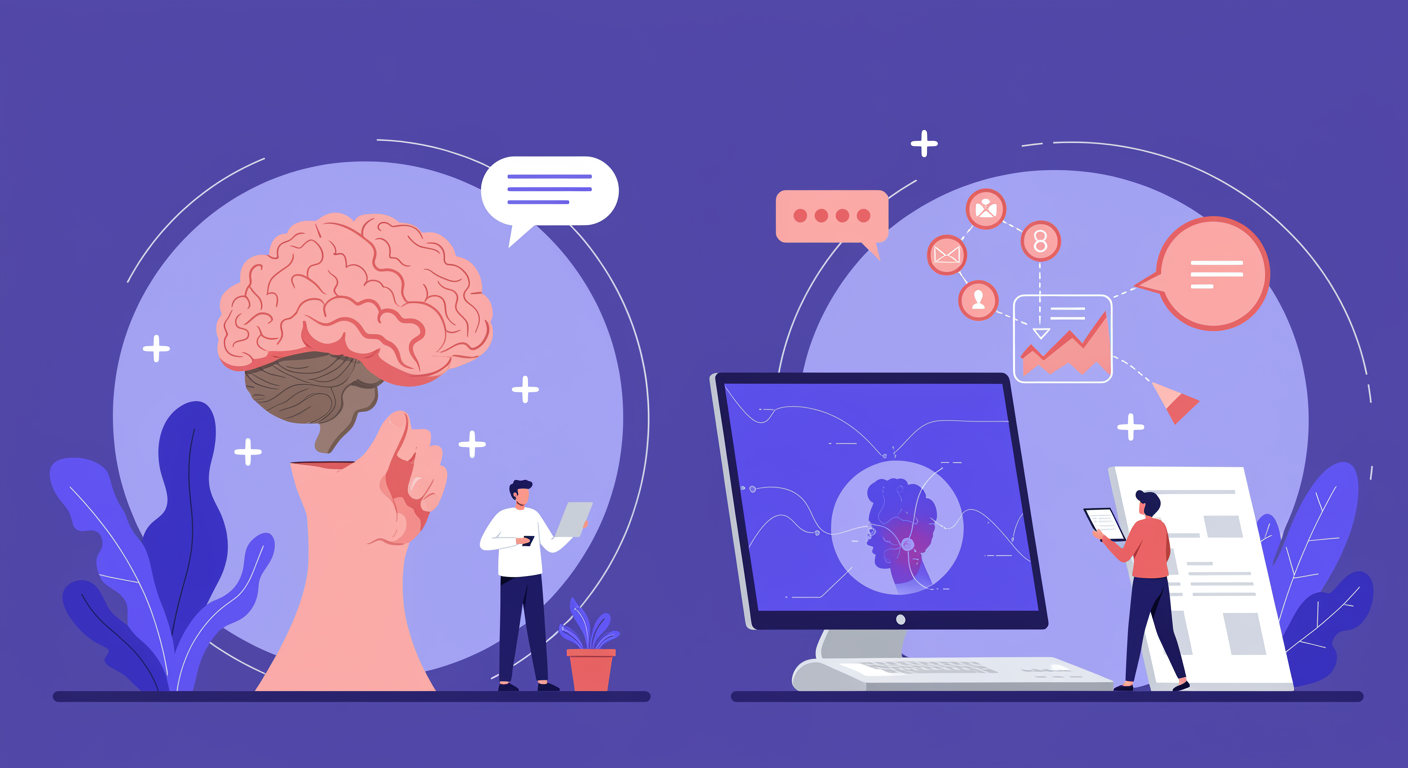
Imagine you’re about to pick up a coffee cup, or perhaps you’re simply choosing which paragraph to read next. At what precise moment did you, the conscious you, decide to perform that action? It feels immediate, doesn’t it? A direct command from your internal executive. Yet, a growing body of research into the psychology of decision-making suggests that the story of our choices is far more intricate, often beginning deep within your brain long before your conscious mind registers an intention.
This isn’t about some external force compelling your actions, nor is it a trick of perception. Instead, it points to a fundamental aspect of how our brains operate, constantly processing, planning, and initiating actions beneath the surface of our awareness. For decades, scientists have been peeling back the layers of this fascinating phenomenon, revealing that our conscious experience of choosing might often be more of a reporter than a CEO, announcing decisions that have already been set in motion by deeper cognitive processes.
The earliest and most influential investigations into this concept emerged in the 1980s with neuroscientist Benjamin Libet. In his groundbreaking experiments, participants were asked to flick their wrist whenever they felt the urge, while simultaneously noting the exact moment they became aware of their intention to move, using a clock with a fast-moving dot. Meanwhile, their brain activity was monitored using electroencephalography (EEG). Libet’s findings were striking: a specific pattern of brain activity, known as the “readiness potential” (or Bereitschaftspotential), consistently appeared in the motor cortex roughly 550 milliseconds before the conscious decision to act was reported. This readiness potential signaled the brain’s preparation for movement, preceding the very moment participants felt they had made a choice. It was as if the brain was revving its engine before the driver consciously decided to put the car in gear.
Naturally, Libet’s work sparked considerable debate, especially regarding its implications for free will. Critics questioned the accuracy of self-reported awareness timing and the simplicity of the task. However, subsequent research, leveraging more advanced neuroimaging techniques like functional magnetic resonance imaging (fMRI), has only strengthened and refined these initial observations. In one notable study from 2008, participants were asked to freely choose between pressing a left or right button. Researchers were able to predict, with significant accuracy, which button participants would press up to 10 seconds before the participants themselves became consciously aware of their decision. This prediction was based on activity patterns observed in areas like the posterior parietal cortex and the frontopolar cortex, brain regions known to be involved in high-level decision planning.
What does this all mean for our sense of agency? It’s not about negating free will entirely, but rather about understanding its complex biological underpinnings. Instead of viewing conscious intention as a singular, instantaneous spark that ignites an action, we might consider it as part of a more intricate cascade of neural events. The brain’s unconscious cognitive machinery is constantly evaluating information, weighing options, and initiating preliminary actions. Our conscious awareness then steps in, often milliseconds later, to either ratify, refine, or in some cases, veto these emerging urges. Think of it as a complex orchestra: the instruments start playing their parts, and only then does the conscious conductor become fully aware of the melody emerging.
This pre-conscious activity isn’t a flaw in our design; it’s a testament to the brain’s efficiency. Many of our everyday behaviors, from catching a ball to swerving to avoid an obstacle while driving, demand lightning-fast responses that conscious deliberation simply can’t provide. Our brains have evolved sophisticated, rapid-response systems that allow us to interact fluidly with a dynamic world. These systems operate largely outside of our immediate awareness, processing sensory input and initiating motor commands with remarkable speed. Our intuitions, gut feelings, and automatic reactions are all examples of this powerful underlying processing at work.
Furthermore, this nuanced understanding of decision-making doesn’t necessarily diminish our responsibility or personal control. While the initiation of an action might precede conscious awareness, the conscious mind still plays a crucial role in monitoring, evaluating, and, importantly, inhibiting actions. We possess the capacity for “free won’t”—the ability to consciously override an impulse or a pre-programmed response. This power of veto is a cornerstone of self-control and allows for deliberate, ethical choices, even if the initial spark of an action originated deeper within the neural landscape. Understanding this intricate interplay between the conscious and unconscious aspects of our mind simply provides a more complete picture of what it means to make a choice.
Ultimately, the revelation that our brain often takes the first step in decision-making before our conscious self catches up offers profound insights into the very nature of human experience. It challenges our intuitive understanding of control, nudging us towards a more integrated view of the mind where conscious and unconscious processes are not separate entities but seamlessly woven components of our cognitive architecture. Far from being disempowering, this knowledge invites us to appreciate the astonishing complexity and efficiency of our own brains, continually working behind the scenes to navigate the world.